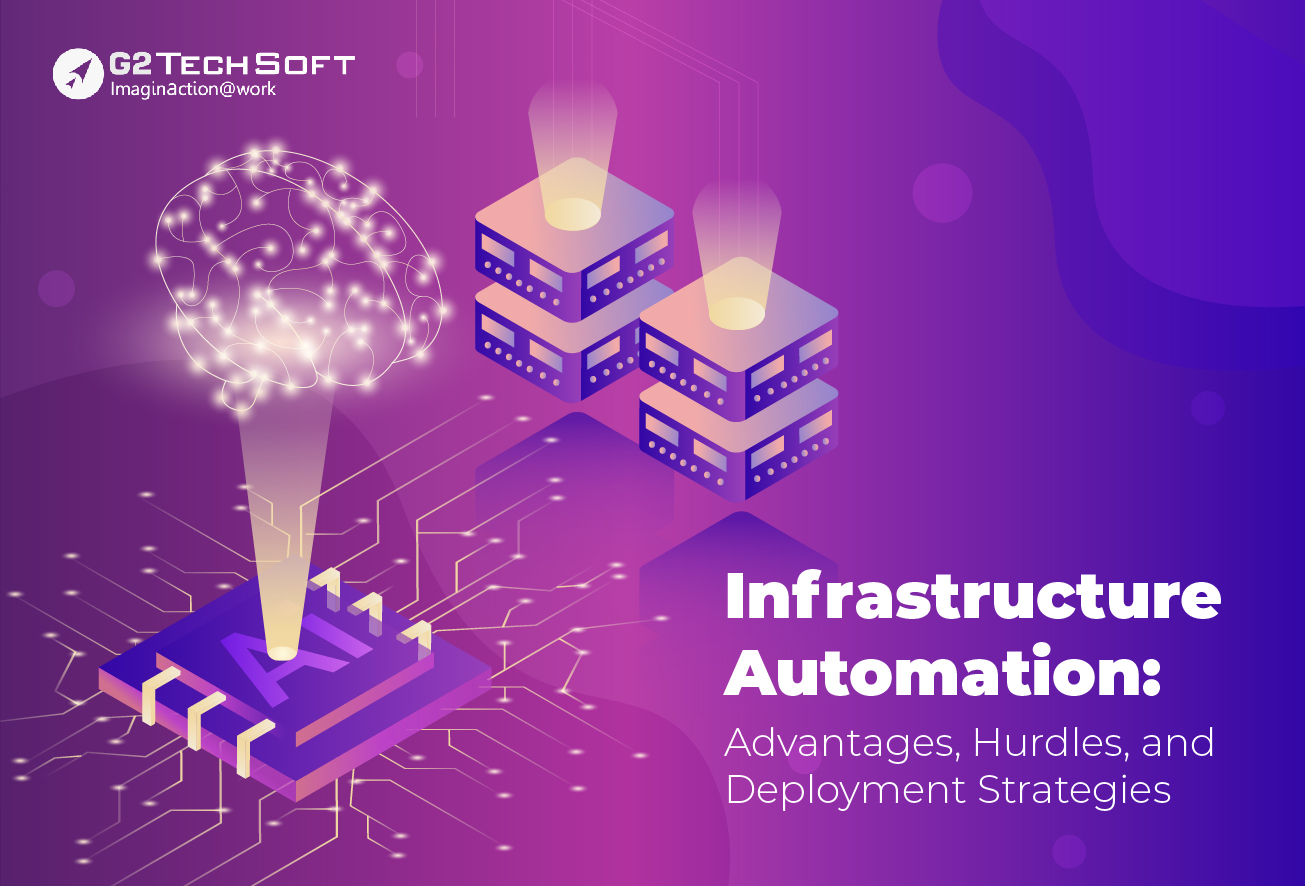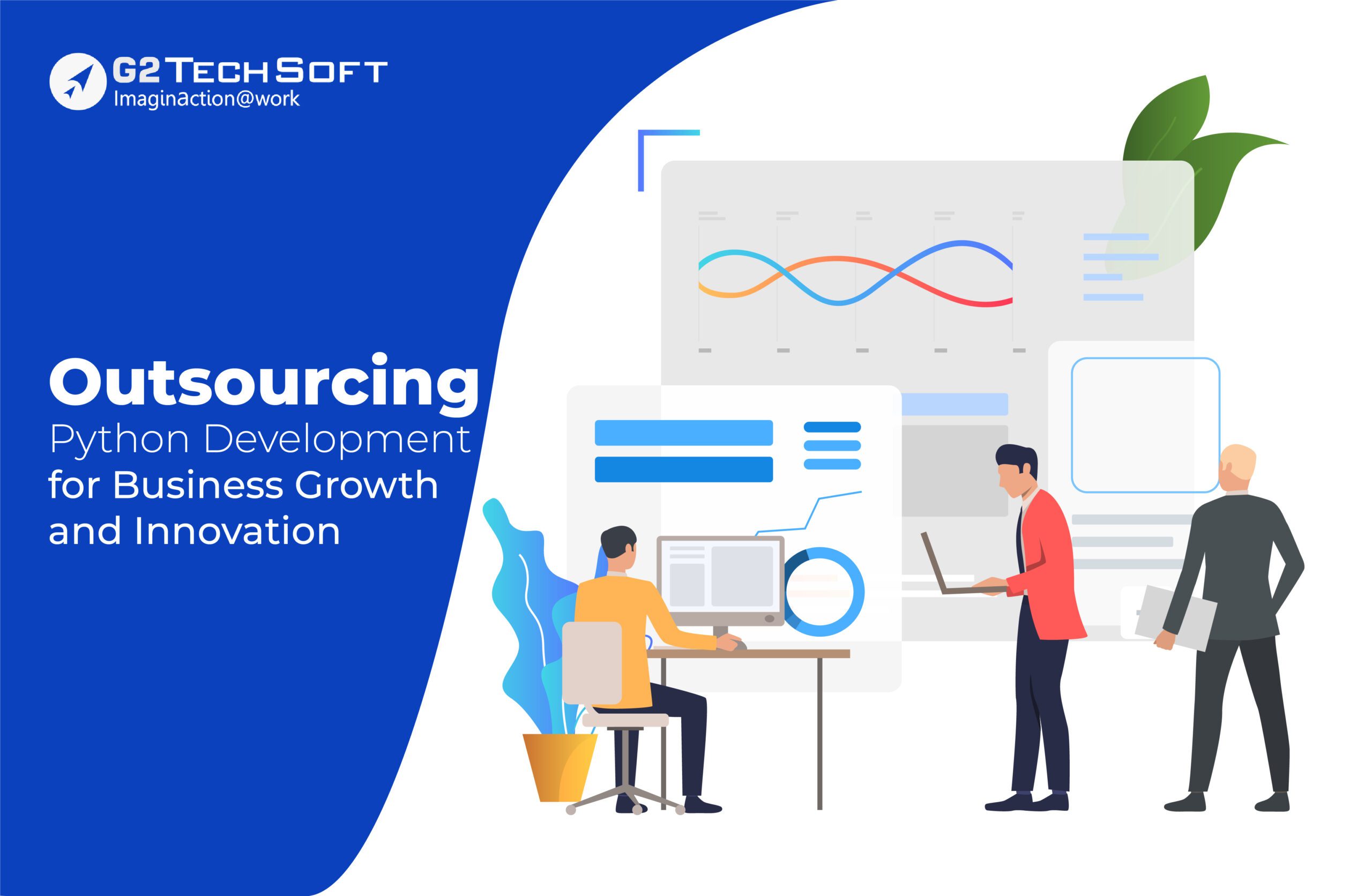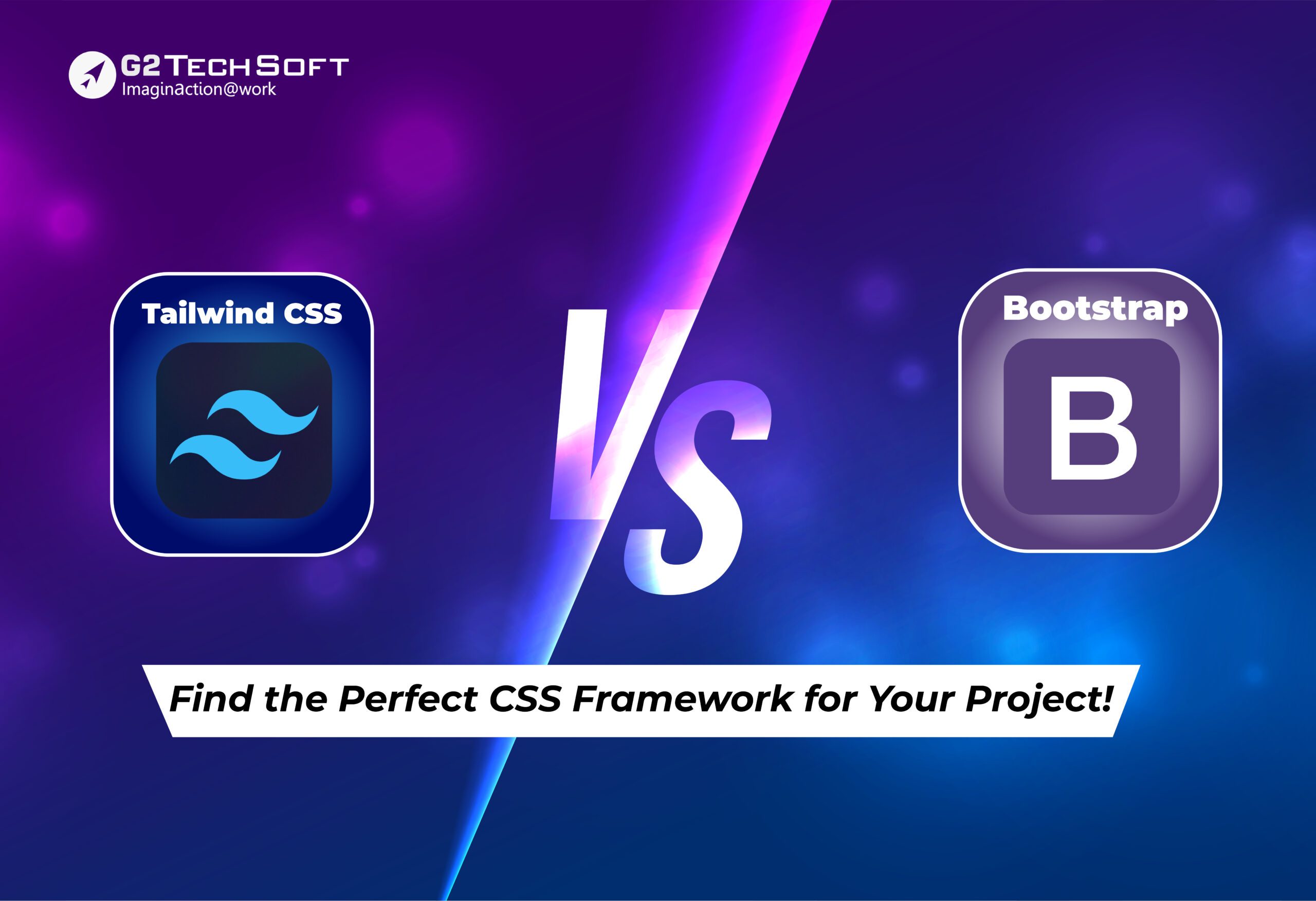
Infrastructure Automation: Advantages, Hurdles, and Deployment Strategies
Infrastructure automation is a set of processes and tools that enable IT teams to automate the configuration, management, and deployment of infrastructure resources. It includes servers, storage, networking, and other components of an IT infrastructure. The goal of infrastructure automation is to simplify the management of complex environments and reduce the time and effort required to deploy and manage applications.
Why Infrastructure Automation Matters
Now, why is infrastructure automation so important? Well, as you mentioned earlier, modern applications are becoming increasingly complex, and manual infrastructure management is often slow and error-prone. This can lead to delays in project delivery and higher costs due to human errors and inefficiencies.
Infrastructure automation addresses these challenges by allowing teams to manage infrastructure resources programmatically, using code and automation tools. This makes it easier to provision resources quickly and consistently, and to make changes to infrastructure configurations as needed. With infrastructure automation, teams can ensure that infrastructure resources are always up-to-date and properly configured, which can improve the reliability and performance of applications.
Of course, implementing infrastructure automation can come with its own set of challenges. One challenge is to ensure that the automation processes and tools are reliable and secure. Additionally, teams may need to develop new skills and processes to effectively manage infrastructure automation. But with the right tools, training, and automation testing these challenges can be overcome, and organizations can reap the benefits of faster, more efficient infrastructure management.
A Comprehensive Guide to Successful Implementation of Infrastructure Automation and DevOps
Key IT Infrastructure Processes That Can and Should Be Automated
- DevOps is a methodology that supports infrastructure automation, allowing operations teams and developers to automatically monitor, manage, and provision resources. Instead of relying on manual processes, DevOps tools enable Infrastructure as Code (IaC) to automate and orchestrate infrastructure tasks. DevOps helps the system administration and software development be intact.
- Self-service Cloud-based applications can be transformed into public or private cloud infrastructure, depending on the organization’s objectives and providers. By automating data centers, companies can increase efficiency and achieve self-service automation, freeing up IT teams from tedious operations. Check out our Cloud Migration Strategies for remote infrastructure.
- IT teams can struggle to manage complex and large IT infrastructures with their existing staff, leading to growing responsibilities and maintenance costs. However, system maintenance automation provides a solution to this problem, allowing IT teams to manage complex infrastructures with their existing staff and focus on more strategic projects.
- Multi-cloud Automation tools are designed to enhance self-service automation for a variety of public cloud platforms, such as Microsoft Azure, Amazon Web Services, and Google Cloud Platforms. With multi-cloud automation, companies can streamline their operations and reduce overhead costs.
- Network and Security Automation is an IT infrastructure automation process that automates deployment services and provides networking facilities for security. It enables full life-cycle automation of applications, enhancing network reliability and performance.
- Configuration management of IT infrastructures can be challenging due to the variety of software and hardware involved, leading to higher maintenance costs and an inability to meet service-level agreements. However, automation provides predictable and repeatable processes to easily manage configurations across various operating systems, resulting in greater consistency, uptime, and faster changes.
- Cluster automation tools within infrastructure automation enable clusters of any IT infrastructure to handle functions automatically and support the cluster’s downtime while maintaining high user availability.
Common Challenges in Implementing Infrastructure Automation
As we all know, the demand for infrastructure automation is on the rise as it has become an essential requirement for all organizations. While more and more IT organizations are adopting new techniques and automation software, they are still encountering several challenges that hinder their performance. Despite the introduction of new automation tools and technologies aimed at increasing productivity and streamlining operations, the benefits are not always immediate. In fact, these new technologies often require time to optimize, understand, and configure IT infrastructure, resulting in slower processing times. Along with this, organizations face other issues when trying to implement infrastructure automation, such as outdated infrastructure.
- First, outdated infrastructure is a major hindrance when working with product concepts or implementing the latest technologies like DevOps, which heavily rely on cloud automation and infrastructure automation. An infrastructure with little or no self-service capability cannot be efficient. It is because infrastructure automation requires continuous upgrades and improvements to overcome any challenges that may arise. To achieve optimal automation, an IT organization must ensure that it has a reliable pre-production and real environment, a robust failure recovery system, and swift access to its processes.
- Second, one of the biggest challenges is managing the automation process itself. Organizations need to understand that the application of automation is not a one-time event but an ongoing process that requires constant upgrades and improvements. This is where infrastructure automation software and tools come in, providing the necessary support to ensure that the organization’s IT infrastructure is always up-to-date and efficient.
- Third, however, the application of infrastructure automation tools can be hindered by outdated infrastructure. Without proper self-service capabilities, an organization’s infrastructure can never be fully efficient. Cloud automation is becoming increasingly important in this regard, as it allows for a more flexible and agile IT infrastructure.
- Fourth, to achieve optimal infrastructure automation, an IT organization needs to have a reliable pre-production and real environment, a robust failure recovery system, and swift access to its processes. By applying automation to these core areas, organizations can streamline their operations and achieve greater efficiency in their day-to-day activities.
- Fifth, when it comes to infrastructure automation technologies like DevOps, communication, and processes are key to success. In order for different departments to work together seamlessly, all team members within the organization need to be on the same page. Additionally, resource provisioning can become time-consuming when communication is lacking and test processes are built manually.
- Sixth, budgeting is another major challenge that companies face when implementing infrastructure automation. Capital and operational expenses are always intertwined in any organization. When companies adopt automation, they often need to scale up their infrastructure, which can add expenses to their existing budget. This can be quite challenging and not very budget-friendly for many companies.
How G2 TechSoft can help in your Infrastructure Automation journey
Are you looking to embark on an infrastructure automation journey? Well, look no further because G2 TechSoft is here to help!
At G2 TechSoft, we understand the challenges that organizations face when it comes to implementing infrastructure automation. That’s why we provide tailored solutions to meet the specific needs of your organization. Our team of experts will work with you to understand your infrastructure requirements, and then we’ll develop and implement an automation strategy that will help you achieve optimal efficiency and productivity.
Our infrastructure automation tools and software are top-notch and have been proven to increase workflow and decrease processing times. We understand that communication and collaboration between departments are essential in DevOps, which is why we place a strong emphasis on ensuring that all team members are on the same page. We can also help with budgeting by providing cost-effective solutions that won’t break the bank.
So, are you ready to take the first step in your infrastructure automation journey?
Let G2 TechSoft be your guide! Contact us today to learn more about our services and how we can help you achieve your automation goals.




